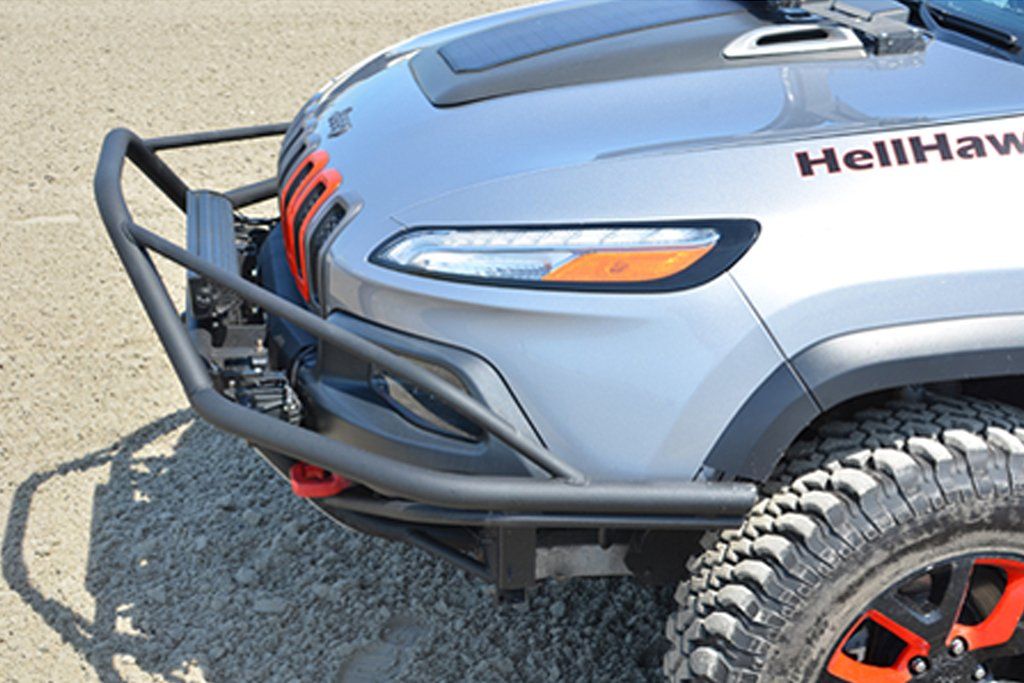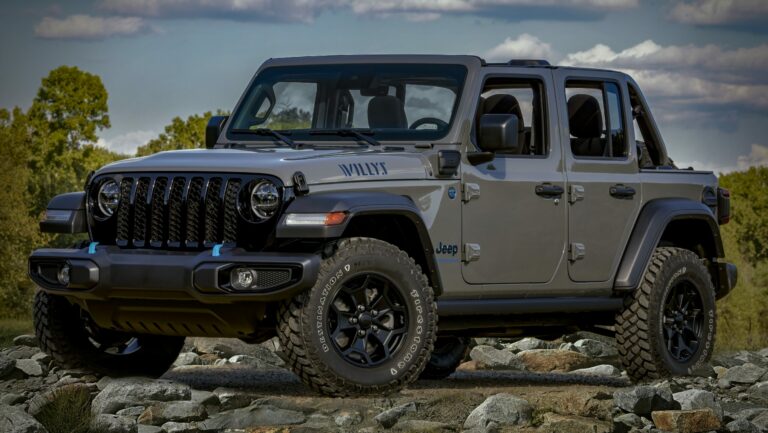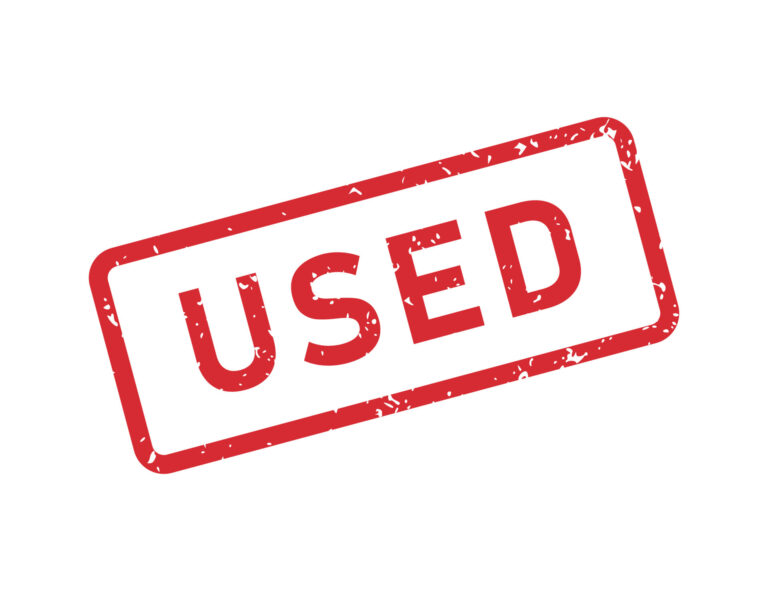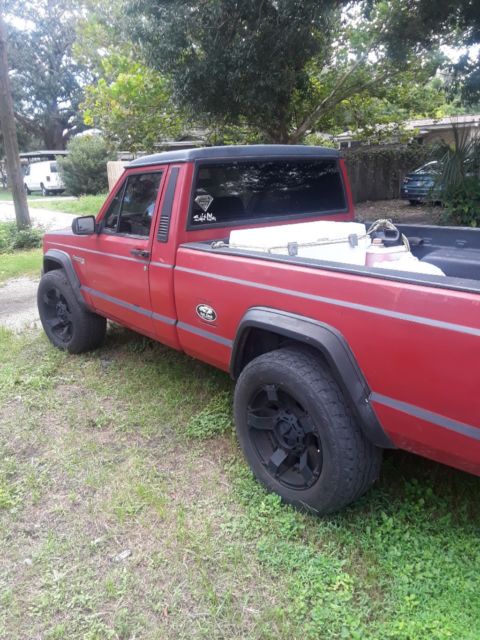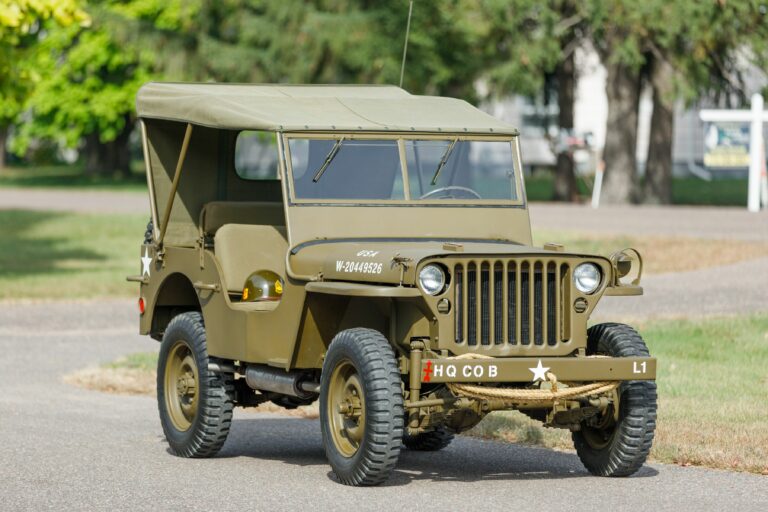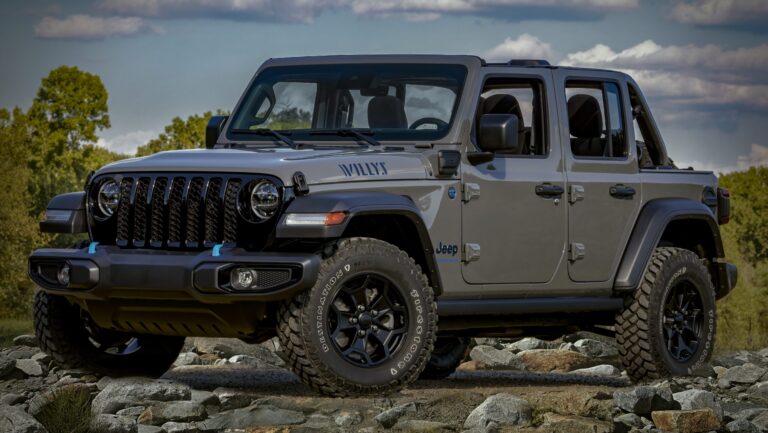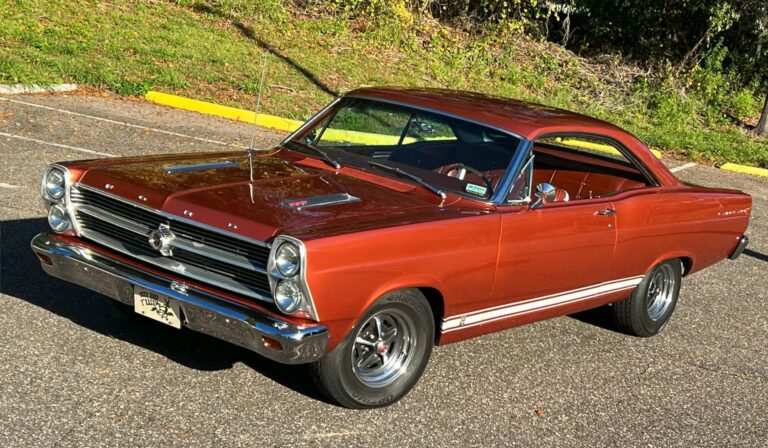Jeep Cherokee Bumpers: Your Comprehensive Guide to Protection, Performance, and Personalization
Jeep Cherokee Bumpers: Your Comprehensive Guide to Protection, Performance, and Personalization jeeps.truckstrend.com
The Jeep Cherokee, a name synonymous with adventure, capability, and rugged charm, has carved out a unique niche in the automotive world. From its utilitarian XJ origins to the modern, refined KL, the Cherokee has consistently offered a compelling blend of on-road comfort and off-road prowess. Central to both its aesthetic appeal and functional resilience are its bumpers. Far more than mere cosmetic components, Jeep Cherokee bumpers are critical safety features, foundational elements for off-road modifications, and key contributors to the vehicle’s overall character. Understanding the diverse world of Cherokee bumpers—their types, benefits, and considerations—is essential for any owner looking to optimize their vehicle for protection, performance, or personalization.
The Foundation of Form and Function: Understanding Jeep Cherokee Bumpers
Jeep Cherokee Bumpers: Your Comprehensive Guide to Protection, Performance, and Personalization
At its core, a bumper is designed to absorb impact in a low-speed collision, protecting the vehicle’s frame, engine, and occupants. For a Jeep Cherokee, however, this definition expands significantly. Especially for the off-road enthusiast, bumpers transform into robust platforms for recovery gear, auxiliary lighting, and enhanced approach/departure angles. Whether you’re navigating urban jungles or conquering rocky trails, the right bumper can be the difference between a minor scuff and significant damage, or between getting stuck and conquering an obstacle.
Navigating the Terrain: Types of Jeep Cherokee Bumpers
Jeep Cherokee bumpers vary widely depending on the generation of the vehicle (XJ, KJ, KK, KL) and the owner’s specific needs.
1. OEM/Stock Bumpers
These are the bumpers that come standard from the factory.
- Characteristics: Designed primarily for street use and low-speed impacts, meeting safety regulations. Typically made from steel or aluminum with plastic covers for aesthetics and aerodynamics.
- Pros: Lightweight, designed to crumple and absorb energy, maintain factory aesthetics, generally more affordable to replace with another OEM part.
- Cons: Limited protection against severe off-road impacts, poor approach/departure angles for serious trail use, no integrated recovery points or winch mounts, often lack the rugged look many Jeep owners desire.
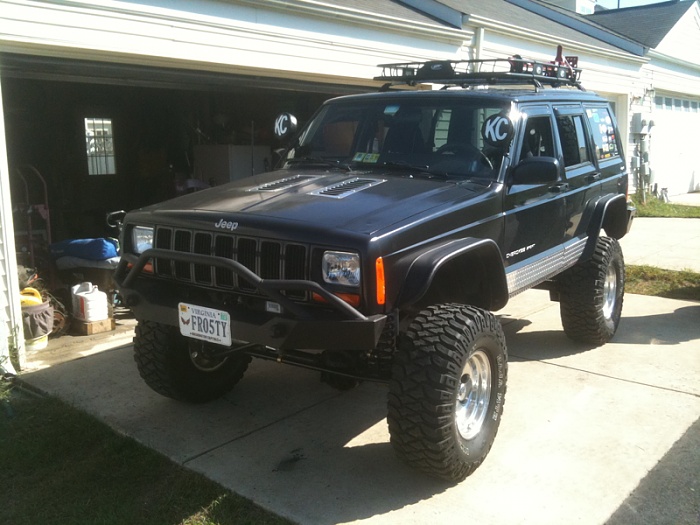
2. Aftermarket Off-Road Bumpers
This is where the customization truly begins, offering a vast array of options for enhanced performance and protection.
- Steel Bumpers:
- Characteristics: The most common and robust option. Made from heavy-gauge steel, often laser-cut and welded.
- Pros: Maximum protection against impacts, rocks, and debris; excellent platforms for winches, recovery points, and lights; highly durable.
- Cons: Significantly heavier than stock or aluminum bumpers, which can impact fuel economy, require suspension upgrades, and potentially affect handling.

- Aluminum Bumpers:
- Characteristics: Lighter alternative to steel, often featuring similar designs.
- Pros: Offer good protection without the substantial weight penalty of steel, improving fuel economy and reducing strain on suspension components. Corrosion-resistant.
- Cons: Generally more expensive than steel, and while strong, they may not withstand extreme impacts as well as heavy steel.
- Winch Bumpers (Full-Width or Stubby):
- Characteristics: Specifically designed with a dedicated mounting plate to integrate a recovery winch.
- Pros: Essential for off-road recovery, providing a secure and integrated winch mount. Full-width offers more protection, while stubby improves approach angles.
- Cons: Adds significant weight (bumper + winch), requires electrical wiring for the winch.
- Tube Bumpers:
- Characteristics: Constructed from tubular steel, offering a minimalist look and improved clearance.
- Pros: Lightweight compared to plate steel bumpers, excellent approach/departure angles, distinctive aesthetic.
- Cons: Offers less surface area protection against broad impacts or animal strikes, primarily designed for rock crawling clearance.
- Rear Bumpers with Tire Carriers:
- Characteristics: Replaces the stock rear bumper, often integrating a swing-out arm to carry a full-size spare tire, jerry cans, or other gear.
- Pros: Frees up interior space, allows for larger tires than the stock spare well can accommodate, provides additional recovery points and protection for the rear of the vehicle.
- Cons: Adds significant weight to the rear, can obscure rear visibility slightly, swing-out mechanism needs to be opened to access the tailgate.

Why Upgrade Your Jeep Cherokee Bumper? Beyond the Basics
Upgrading your Jeep Cherokee’s bumpers offers a multitude of advantages that go far beyond simple aesthetics:
- Enhanced Protection: Aftermarket bumpers, especially steel ones, provide superior protection against impacts from trail obstacles, debris, and even animal strikes, safeguarding critical components like the radiator and steering.
- Improved Off-Road Capability: By design, aftermarket bumpers often reduce overhangs, dramatically improving the vehicle’s approach and departure angles, allowing you to clear more aggressive obstacles without scraping.
- Winch Integration: A dedicated winch bumper is crucial for serious off-roading, providing a secure and reliable mounting point for a recovery winch, an indispensable tool for self-recovery or assisting others.
- Auxiliary Lighting: Most aftermarket bumpers include provisions for mounting auxiliary lights (fog lights, driving lights, light bars), significantly enhancing visibility during night driving or adverse weather conditions.
- Increased Utility/Storage: Rear bumpers with integrated tire carriers, jerry can holders, or even hi-lift jack mounts expand your vehicle’s cargo capacity and utility for extended expeditions.
- Personalization and Aesthetics: Aftermarket bumpers can drastically alter the look of your Cherokee, giving it a more aggressive, rugged, or custom appearance that reflects your personal style.
- Dedicated Recovery Points: Integrated D-ring shackles or clevis mounts provide strong, reliable attachment points for recovery straps, ensuring safer and more effective winching or towing.
Key Features and Considerations When Choosing a Bumper
Selecting the right aftermarket bumper involves several critical factors:
- Material (Steel vs. Aluminum): Decide based on your priorities: maximum strength/protection (steel) or weight savings/corrosion resistance (aluminum). Remember steel often necessitates suspension upgrades.
- Recovery Points: Ensure the bumper has robust, integrated recovery points (D-ring shackles) for safe vehicle recovery.
- Winch Compatibility: If you plan to run a winch, confirm the bumper is specifically designed to accommodate one.
- Approach/Departure Angles: Look for designs that significantly improve these angles for better off-road performance.
- Light Mounts: Check for pre-drilled holes or tabs for auxiliary lights.
- Sensor Compatibility (for KL models): Modern Cherokees (KL) often have parking sensors or adaptive cruise control sensors. Ensure the bumper is compatible or has provisions for relocating these sensors.
- Finish: Most come powder-coated for durability and corrosion resistance. Bare steel options are available for custom painting.
- Installation Difficulty: Some bumpers are bolt-on, while others may require minor cutting or drilling. Consider if you’ll DIY or opt for professional installation.
- Vehicle Generation: Ensure the bumper is specifically designed for your Jeep Cherokee’s generation (XJ, KJ, KK, or KL), as mounting points differ significantly.
Installation: A Step-by-Step Overview
While specific steps vary by bumper and vehicle generation, here’s a general guide for aftermarket bumper installation:
- Safety First: Park on a level surface, engage the parking brake, and disconnect the battery. Use jack stands if lifting the vehicle.
- Gather Tools: You’ll typically need a socket set, wrenches, a pry bar, cutting tools (if required), and potentially a torque wrench.
- Remove Stock Bumper: This usually involves removing bolts, plastic clips, and potentially disconnecting fog lights or sensor wiring.
- Prepare Frame Rails: Clean any debris from the frame mounting points. Some bumpers require frame modifications or reinforcement plates.
- Mount New Bumper: Carefully position the new bumper and loosely attach all mounting bolts. It’s often helpful to have an assistant due to the weight.
- Align and Tighten: Once all bolts are in place, align the bumper for proper fitment and clearance, then progressively tighten all bolts to the manufacturer’s specified torque.
- Wire Accessories: Connect any new fog lights, driving lights, or winch wiring according to instructions.
- Final Checks: Reconnect the battery, test all lights and accessories. Inspect all mounting hardware for tightness.
Practical Advice: While many aftermarket bumpers are designed for DIY installation, the weight and complexity (especially with winch integration or sensor relocation) can make professional installation a wise investment, particularly for heavier steel bumpers that might also necessitate suspension upgrades.
Maintenance and Care for Your Bumper Investment
To ensure your bumper lasts as long as your Jeep, regular maintenance is key:
- Regular Cleaning: Wash off mud, salt, and grime, especially after off-road excursions or winter driving, to prevent corrosion.
- Inspect for Damage: Periodically check for chips in the powder coat, dents, or signs of rust. Touch up any chips immediately with rust-inhibiting paint.
- Check Hardware: Ensure all mounting bolts remain tight, especially after heavy off-road use.
- Winch Maintenance: If you have a winch bumper, follow the winch manufacturer’s guidelines for cable inspection and motor maintenance.
Legal Considerations
Before purchasing, be aware of local regulations regarding bumper height, protrusion, and lighting. Some states have laws regarding how far a bumper can extend from the vehicle, or specific rules for auxiliary light covers. Always verify your local laws to ensure compliance.
Pricing Guide for Jeep Cherokee Bumpers (Estimates)
Please note that prices can vary significantly based on the Jeep Cherokee generation (XJ, KJ, KK, KL), material (steel vs. aluminum), brand, features (winch mount, tire carrier, light cutouts), and finish. The table below provides estimated ranges for common bumper types.
| Bumper Type | Material | Key Features | Estimated Price Range (USD) | Notes |
|---|---|---|---|---|
| OEM/Stock Replacement | Steel/Plastic | Basic impact absorption | $200 – $800 | Varies by generation; often found used or as direct replacements. |
| Aftermarket Front Bumper | Steel | Winch ready, D-ring mounts, light tabs | $600 – $1,500 | Standard full-width or stubby designs. |
| Aftermarket Front Bumper | Aluminum | Winch ready, D-ring mounts, light tabs, lightweight | $800 – $2,000 | Higher cost due to material; reduces weight impact. |
| Aftermarket Rear Bumper | Steel | D-ring mounts, receiver hitch | $500 – $1,200 | Basic rear protection. |
| Aftermarket Rear Bumper w/ Tire Carrier | Steel | D-ring mounts, tire carrier, optional jerry can/hi-lift mounts | $800 – $2,000 | Essential for carrying larger spares off-road. |
| Tube Bumper (Front/Rear) | Steel | High clearance, minimalist design | $400 – $1,000 | Focus on approach/departure angles, less full-frontal protection. |
| Hybrid Bumper | Steel | Mix of plate and tube, balanced protection/clearance | $700 – $1,600 | Combines benefits of plate protection with tube clearance. |
Disclaimer: These are general estimates and actual prices may be higher or lower depending on the specific product, retailer, and market conditions.
Frequently Asked Questions (FAQ)
Q1: Do I need to upgrade my suspension after installing an aftermarket bumper?
A1: For heavier steel aftermarket bumpers, especially with a winch, yes. The added weight can cause the front end to sag, negatively impacting ride quality, handling, and headlight aim. Suspension upgrades (heavier springs, lift kits) are often necessary. Aluminum bumpers are lighter and may not require immediate suspension upgrades, but it’s still good practice to monitor your vehicle’s stance.
Q2: Are aftermarket bumpers street legal?
A2: Generally, yes, but it depends on your local and state laws. Most reputable manufacturers design their bumpers to comply with standard regulations. However, overly sharp edges, extreme protrusions, or obscured lights/license plates can be issues. Always check your specific state’s vehicle modification laws.
Q3: How long does it take to install a bumper?
A3: For a simple bolt-on front or rear bumper without major wiring, a DIY enthusiast might take 2-4 hours. If it involves cutting, drilling, winch wiring, or sensor relocation, it could take 4-8 hours or more. Professional installation is typically quicker due to specialized tools and experience.
Q4: Can I install a winch on any aftermarket bumper?
A4: No. Only bumpers specifically designed as "winch bumpers" or "winch-ready" will have the reinforced mounting plate and clearance necessary to safely accommodate a winch. Attempting to mount a winch on a non-winch bumper is unsafe and can damage the bumper or vehicle.
Q5: What’s the main difference between steel and aluminum bumpers?
A5: The primary difference is weight and strength-to-weight ratio. Steel is heavier and generally offers maximum brute-force protection. Aluminum is significantly lighter, reducing the impact on suspension and fuel economy, but may not be as resilient to extreme, high-energy impacts as steel. Aluminum is also more resistant to rust.
Q6: Will an aftermarket bumper affect my gas mileage?
A6: Yes, especially heavier steel bumpers. The added weight and sometimes altered aerodynamics can lead to a noticeable decrease in fuel efficiency. Aluminum bumpers will have less of an impact.
Conclusion: Equipping Your Cherokee for Any Journey
Jeep Cherokee bumpers are much more than just a piece of metal or plastic on the front and back of your vehicle. They are crucial components that dictate your Cherokee’s safety, utility, and aesthetic appeal. Whether you’re a casual driver seeking enhanced protection or a dedicated off-roader pushing the limits of your vehicle, the right bumper can transform your Jeep. By understanding the various types, their benefits, and the key considerations for selection and installation, you can make an informed decision that perfectly equips your Jeep Cherokee for whatever adventure lies ahead, reinforcing its legendary capability and your personal style.

